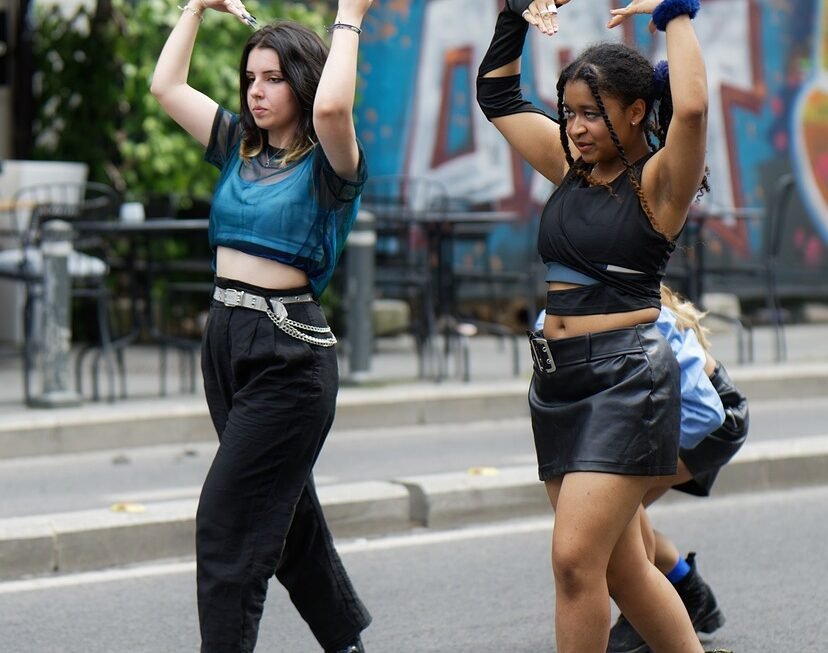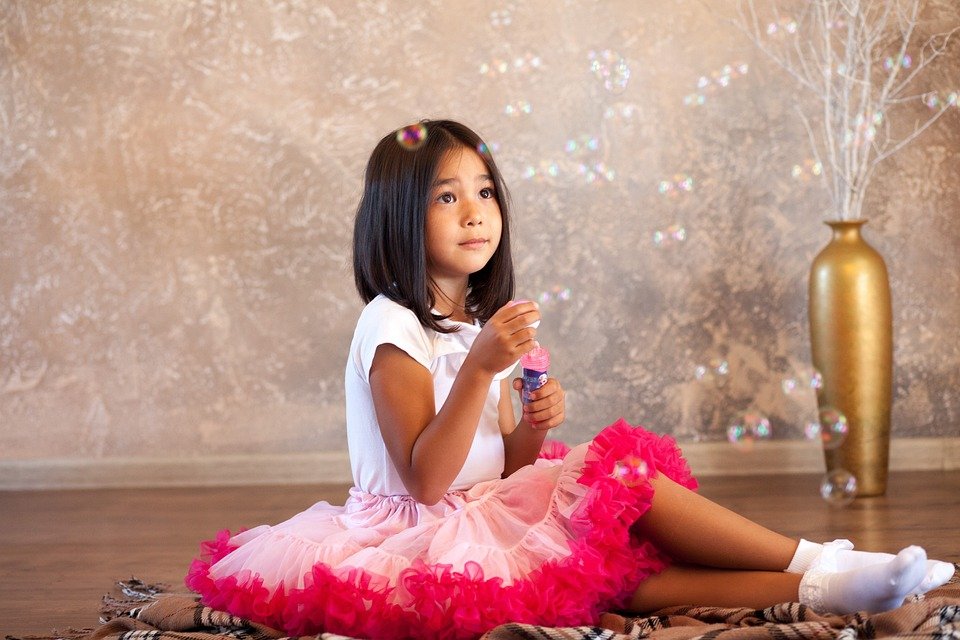Film has the power to transport us to different worlds, to evoke a range of emotions, and to tell stories that can inspire, challenge, and educate us. In recent years, there has been an increasing emphasis on the importance of diversity and representation in the film industry, both in front of and behind the camera. While progress has been made in recent years, there is still much work to be done to ensure that all voices and stories are heard and seen on the big screen.
One of the key areas where diversity in film is crucial is in representation. It is essential for audiences to see characters that reflect the diverse world around them. This includes representation of different races, ethnicities, genders, sexual orientations, abilities, and socio-economic backgrounds. When audiences see themselves represented on screen, it can have a powerful impact on their sense of identity and self-worth. It can also help to challenge stereotypes and promote empathy and understanding among viewers.
Diversity in film can also lead to more interesting and nuanced storytelling. When filmmakers draw on a wide range of perspectives and experiences, they are able to tell richer, more complex stories that resonate with a wider audience. By including diverse characters and voices in their films, filmmakers can bring new and fresh perspectives to familiar genres and themes. This can lead to more innovative and thought-provoking films that push boundaries and expand the possibilities of cinema.
In recent years, there have been a number of films that have made strides in representing diversity on screen. From blockbusters like Black Panther, which featured a predominantly black cast and crew, to indie films like Moonlight, which told the story of a young black man coming to terms with his sexuality, there have been a variety of films that have showcased diverse voices and experiences. These films have not only been critical and commercial successes but have also sparked important conversations about representation and inclusion in the film industry.
While progress has been made, there is still much work to be done to ensure that diversity and representation are fully embraced in the film industry. This includes increasing opportunities for filmmakers from underrepresented communities, creating more diverse and inclusive casting choices, and actively challenging and dismantling stereotypes and biases in film. By doing so, the film industry can become a more inclusive and equitable space that reflects the richness and diversity of the world we live in.
In conclusion, exploring diversity in film is essential for creating a more inclusive and representative cinematic landscape. By showcasing a wide range of voices and perspectives on the big screen, filmmakers can challenge stereotypes, promote empathy and understanding, and tell richer, more complex stories. While progress has been made in recent years, there is still much work to be done to ensure that all voices are heard and seen in the film industry. By continuing to push for diversity and representation, we can create a film industry that truly reflects the world we live in.




